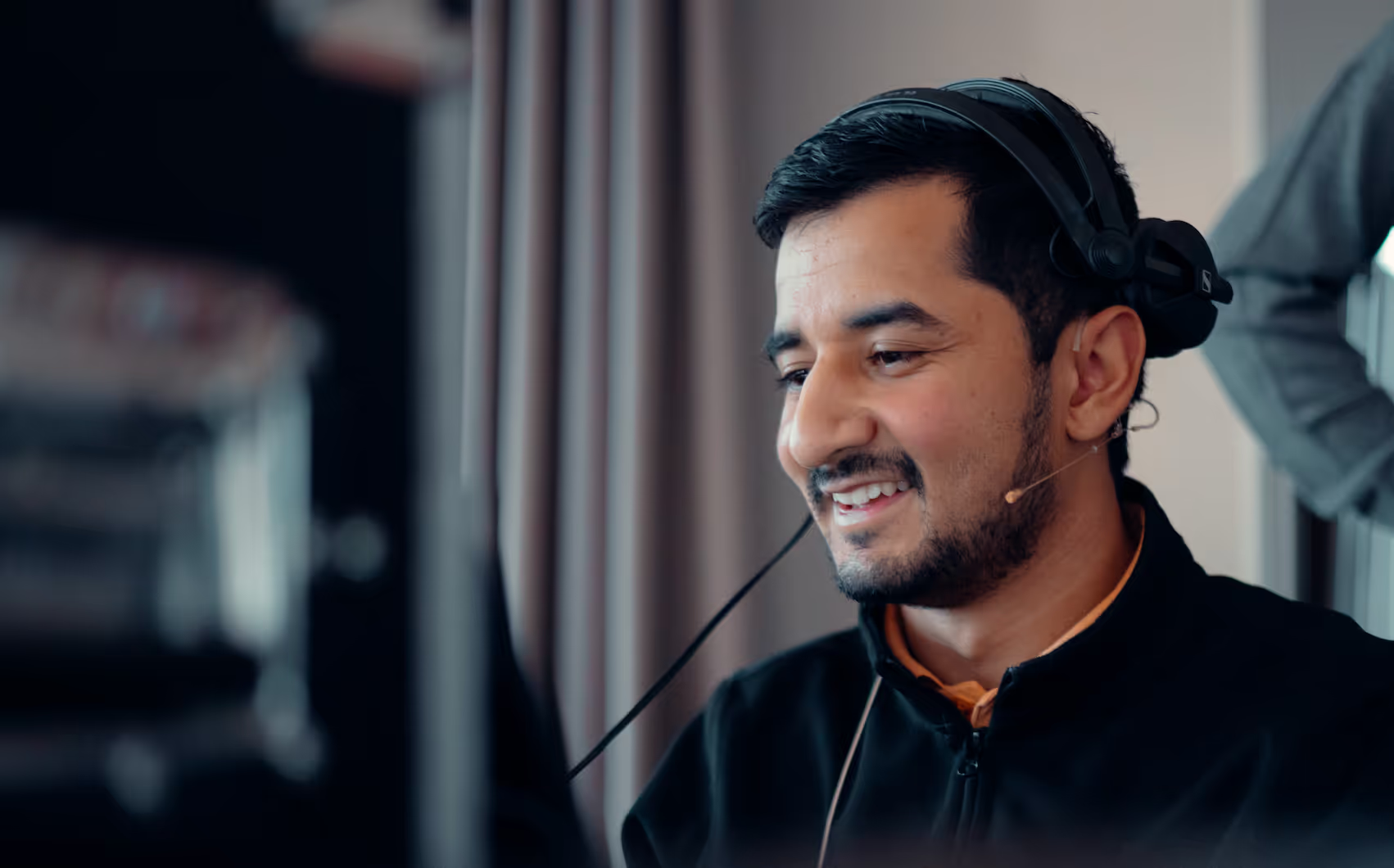Guide: Livestreaming for Beginners
Thanks to technology, livestreaming is now accessible to nearly everyone. With a newer smartphone, tablet, or computer with a webcam and a decent internet connection, you’re already set to start sharing live video content. But mastering the technical side can feel overwhelming - that’s where this guide comes in. We’ll walk you through the essential basics so you can confidently start producing effective livestreams.

First Things First: The Right Equipment
While you can technically go live right now with just a smartphone and internet, better quality requires better gear. Here’s an overview of what you need:
1. Video Signal
This is anything that generates video, like cameras or your computer screen. For gamers or creatives, your screen can be a video source, while a camera captures live footage. Many streamers combine both, showing their face alongside gameplay or software demos.
2. Sound Signal
Good audio matters just as much as video. While some cameras have built-in microphones, an external mic placed near your sound source will improve quality significantly. Also, you may want to include system sounds from your computer. Just be careful not to use copyrighted music, which could get your stream banned.
For beginners, a USB camera and microphone are easy to connect and use. More advanced setups use HDMI or SDI connections, requiring additional hardware like capture cards.
Tip: Some cameras allow you to plug in an external microphone directly, so both audio and video come through one cable.
3. Video Encoder
An encoder converts your video and audio into a web-friendly stream. Software encoders like OBS Studio are perfect for beginners — free, powerful, and with tons of tutorials. Hardware encoders exist but are usually for more advanced users. Just ensure your computer can handle the encoding process smoothly.
4. A Streaming Platform
Decide where to broadcast your livestream. Popular free options include YouTube, Facebook, and Twitch (mainly for gamers). Each platform attracts different audiences, so explore content similar to yours to find the best fit. Specialized platforms also exist, but starting with the major ones is often easiest.
5. Fast, Stable Internet Connection
Many beginners underestimate this. A wired (Ethernet) connection is best to avoid dropouts common with Wi-Fi. As a rule of thumb, aim for an upload speed at least 1.5 times your stream’s bitrate (e.g., if your stream is 5 Mbps, you want at least 7.5 Mbps upload speed).
Tip: You can adjust bitrate settings in your streaming software to improve stability.
6. Proper Lighting
Good lighting dramatically improves how you look on camera. LED lights are affordable and effective. A simple setup, like loop lighting (light at a 45-degree angle from the front and above), can give you a professional appearance. Test different setups to find what works best, and aim for consistency to build a recognizable style.
Practice Makes Perfect
Livestreaming takes preparation and practice. Test your setup before going live — check your internet speed, lighting, and audio levels. Consider practicing on a private channel first. Experiment until everything looks and sounds just right.
Livestreaming is personal - you define your style. We hope this guide gives you a solid starting point to jump confidently into the livestreaming world.
All of us at Litemotions wish you the best of luck and lots of fun!